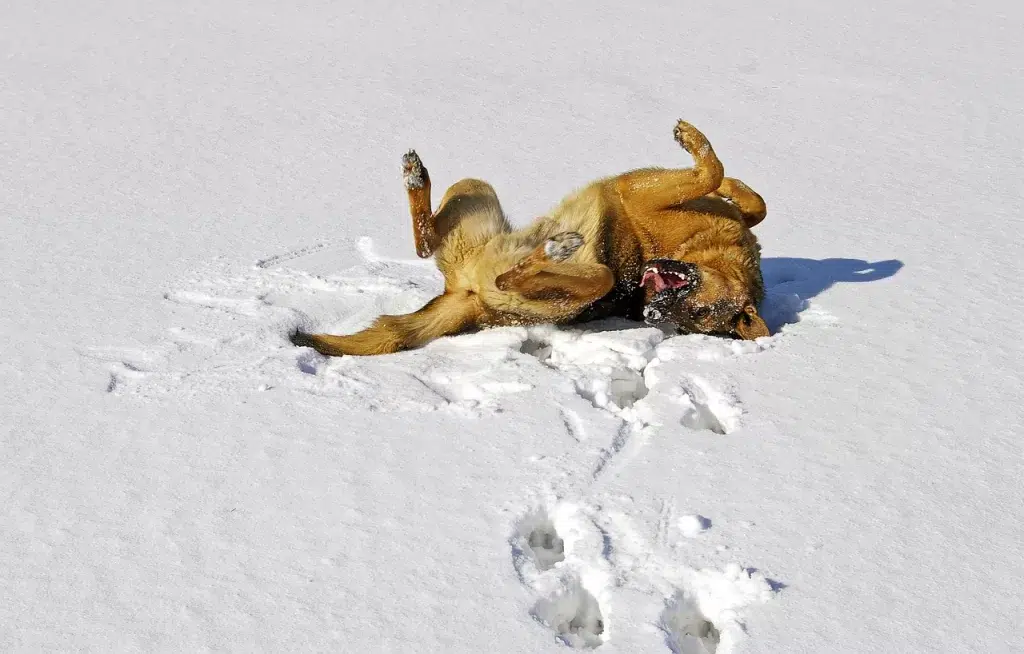Training Tips for Handling Reactive Dogs

Reactive dogs, characterized by their strong and often unpredictable responses to various stimuli, can be a handful for their owners. However, with the right training and strategies, you can help your reactive dog become calmer and more manageable. In this blog, we’ll delve into some effective training tips for handling reactive dogs.
Understanding Reactivity in Dogs
Reactivity in dogs is typically a response to something they perceive as a threat, fear, or frustration. This response can manifest as barking, lunging, growling, or even aggressive behavior when confronted with specific triggers. Common triggers include other dogs, strangers, or unfamiliar environments. The key to successfully managing a reactive dog is to understand the underlying causes of their reactivity.
Tip 1: Seek Professional Guidance
Before embarking on your journey to train a reactive dog, consider consulting with a professional dog trainer or behaviorist. They can help you assess the severity of your dog’s reactivity, provide tailored advice, and create a training plan that suits your dog’s unique needs. Professional guidance can be invaluable in ensuring both your and your dog’s safety during training.
Tip 2: Positive Reinforcement Training
Positive reinforcement training is a highly effective approach for modifying reactive behavior. This method involves rewarding your dog with treats, praise, or toys when they exhibit the desired behavior, such as staying calm or responding to your cues. Positive reinforcement helps your dog associate good things with the behaviors you want to reinforce.
Tip 3: Practice Patience and Consistency
Training a reactive dog can be a lengthy process, and patience is key. Consistency in your training methods and expectations is crucial for your dog’s progress. Set aside dedicated training sessions and be prepared for setbacks. Remember that progress may be slow, but every small step in the right direction is a victory.
Tip 4: Desensitization and Counterconditioning
Desensitization and counterconditioning are powerful techniques for helping your reactive dog overcome their triggers. Desensitization involves exposing your dog to their triggers in a controlled and gradual manner, starting at a distance where they remain calm and gradually decreasing the distance over time. Counterconditioning pairs the trigger with positive experiences, such as treats or playtime, to change your dog’s emotional response to the trigger.
Tip 5: Manage Their Environment
While working on training, it’s essential to manage your dog’s environment to minimize triggers and prevent unwanted reactions. For example, if your dog reacts aggressively to other dogs, consider walking them during quieter times or in less crowded areas. Use tools like a well-fitted harness and a sturdy leash to maintain control during walks.
Tip 6: Practice Obedience Commands
Teaching your reactive dog basic obedience commands such as “sit,” “stay,” and “leave it” can provide you with more control in challenging situations. These commands can help redirect your dog’s attention away from triggers and maintain calm behavior.
Tip 7: Gradual Exposure and Socialization
Gradual exposure to triggers, combined with controlled socialization experiences, can help your dog become more comfortable with what triggers their reactivity. However, this should be done cautiously and under professional guidance to ensure safety and success.
Conclusion
Handling a reactive dog requires dedication, patience, and a well-thought-out training plan. Seek professional guidance, practice positive reinforcement, and use desensitization and counterconditioning techniques to help your dog overcome their reactivity. With time and consistent effort, you can help your furry friend become a happier and more balanced companion.
To access further information, please click here: www.valhallk9.com
Training Tips for Handling Reactive Dogs Read More »
